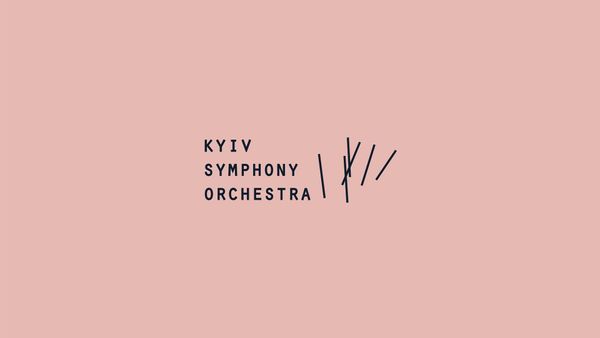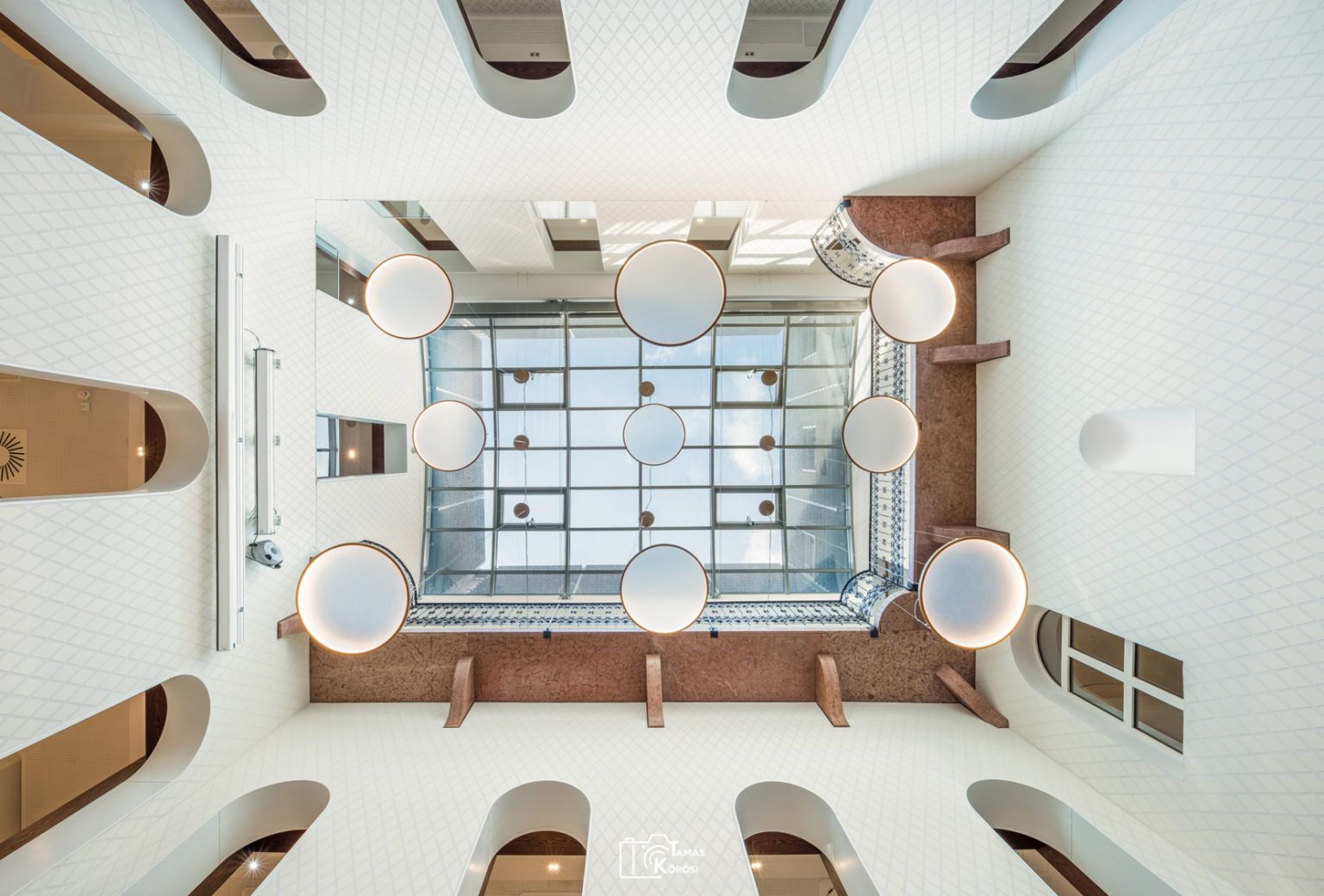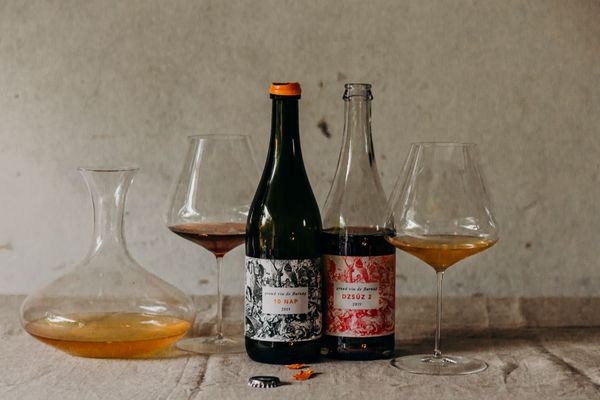The building of the Budai Polgári Casino (Buda Citizens’ Casino) in Budapest’s District I stood neglected for many years, deprived of its original tower. In recent years, however, it underwent a careful renovation, regaining its former prestige, and has recently reopened under the name of Sándor Márai Cultural Center. It will house classical music concerts, exhibitions, art performances, events and other celebrations.
The Budai Polgári Casino was built according to the plans of Imre Francsek Snr. in 1893. The cultic casino was located on the second floor, next to a stately ballroom, while the second floor consisted of rental apartments. During the siege of Budapest in 1944–45, the building was severely damaged: its facade was partially injured, and its corner tower was completely destroyed. The following year, the facade, although completely stripped down, was restructured, but the corner tower was not rebuilt.
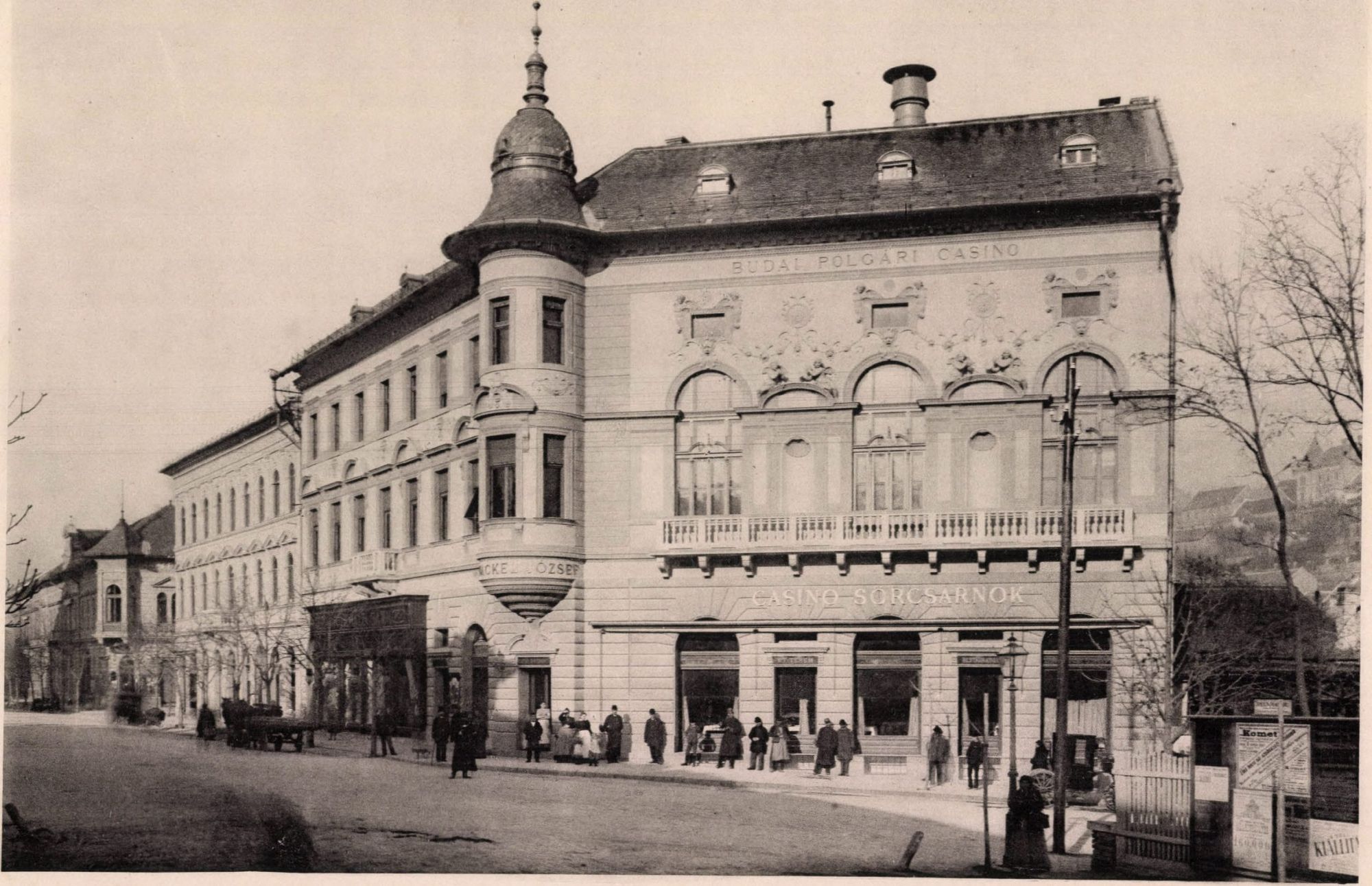
The Budai Casino functioned as a party house for a while after World War II, and later it housed apartments and offices. The Municipality of the Castle District took serious steps to regain ownership of the fragmented building, and to give it back to the local community.
The renovation was carried out according to the plans of the architecture firm JASSÓ Építészműhely Kft. and interior designers este’r partners, by the company Laki Zrt. With the help of historical and public records research, they kept the architectural values of the original building in mind throughout the renovation process, in order to create a community space worthy of its former and new purpose.
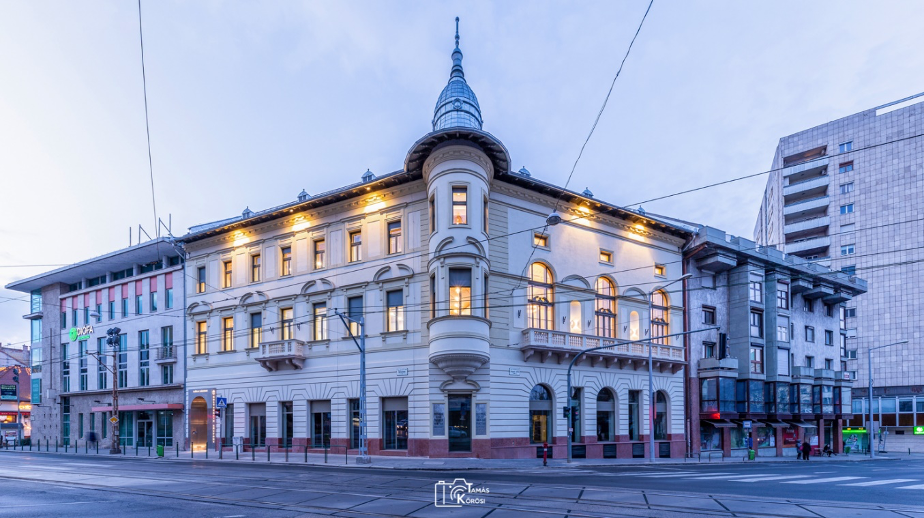
Key aspects of the construction were the restoration of the corner tower and the reconstruction of the original facade in a cleaner form. Among other things, the main staircase and the grand ballroom have been renovated and, thanks to the leading restorer’s research, these now stand in their former glory.
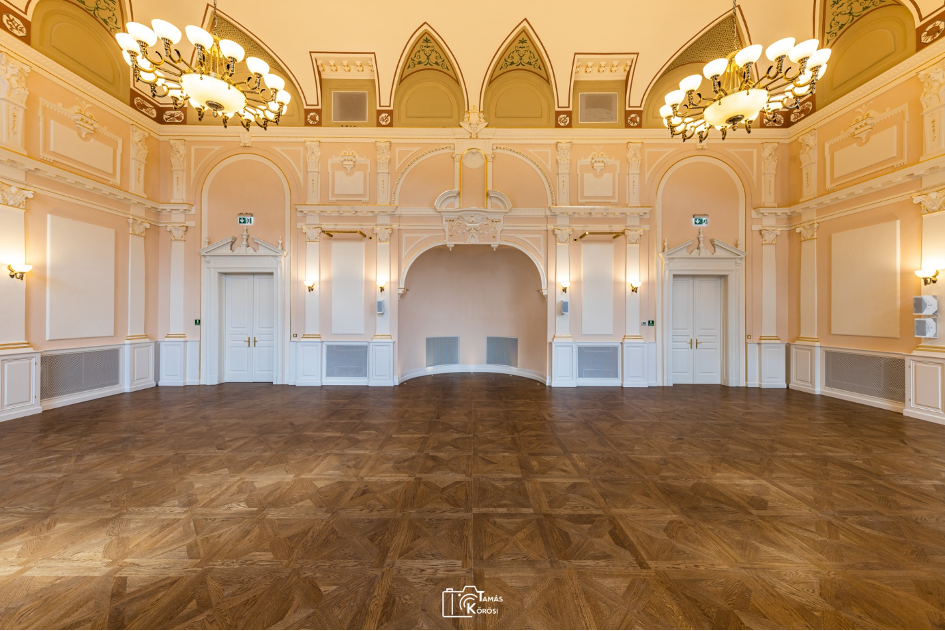
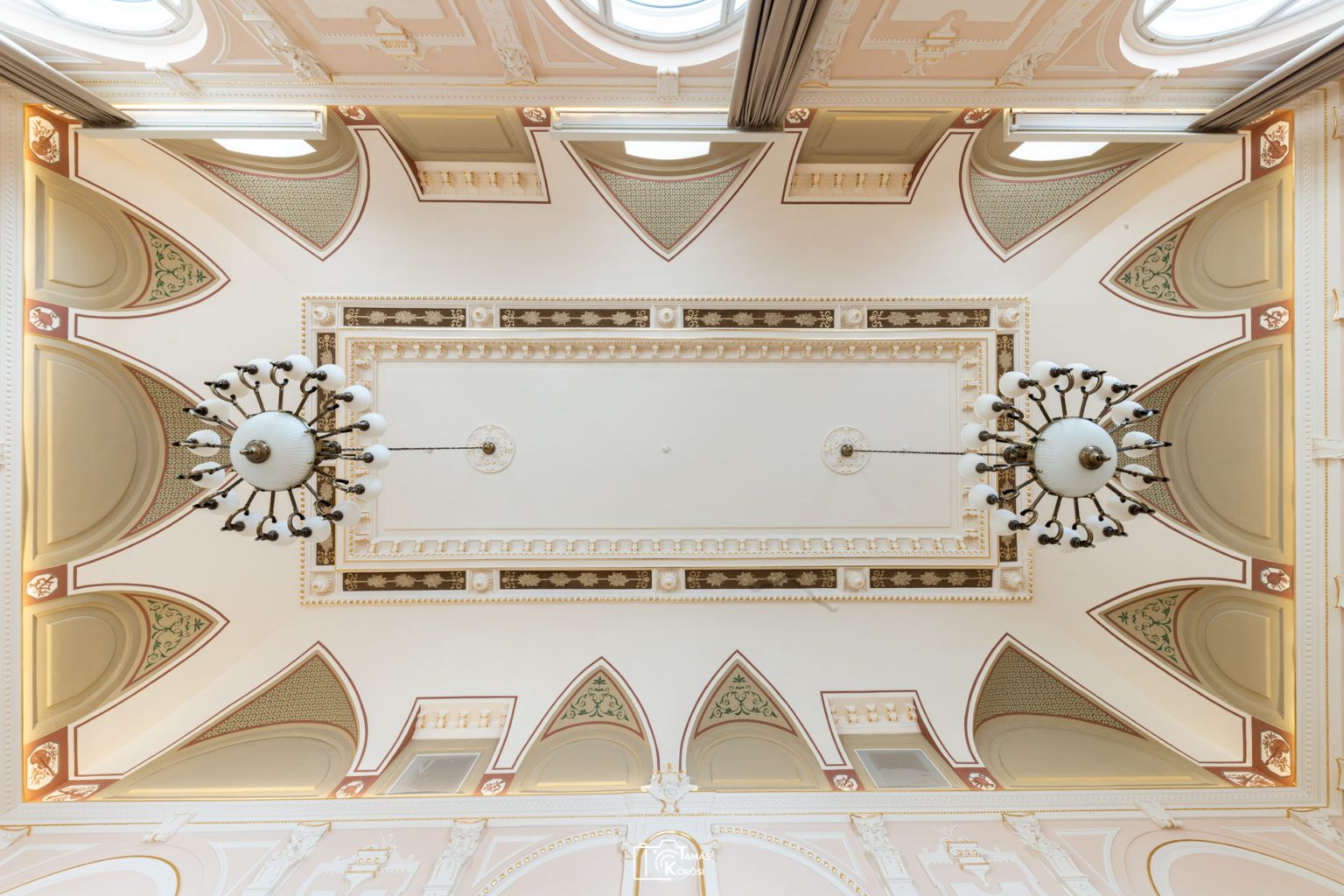
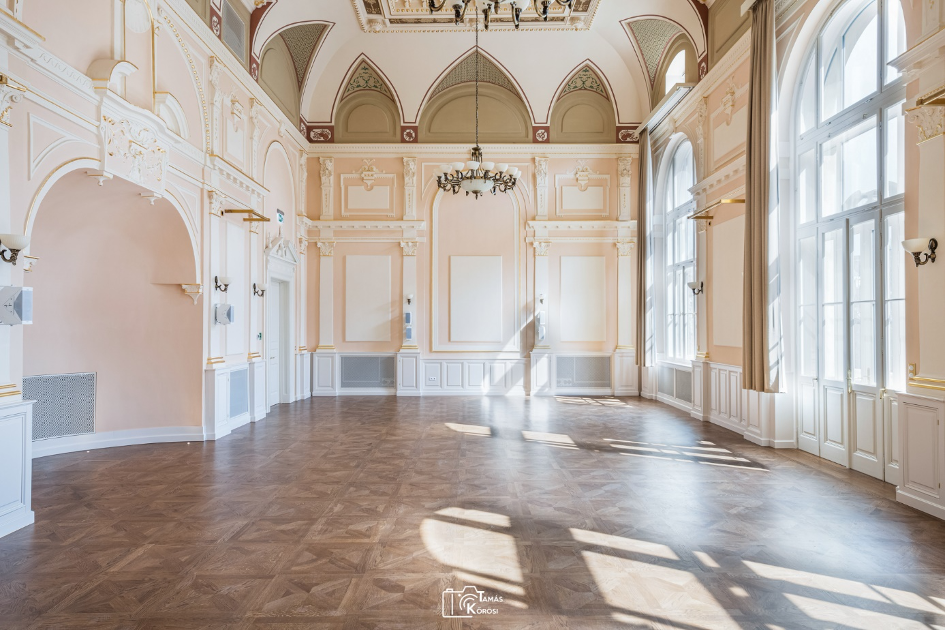
Restorers have also expanded the space by covering the inner courtyard. The pattern of the courtyard facade, created with a special stencil technique, was inspired by the original decorative paintings found in the ballroom.
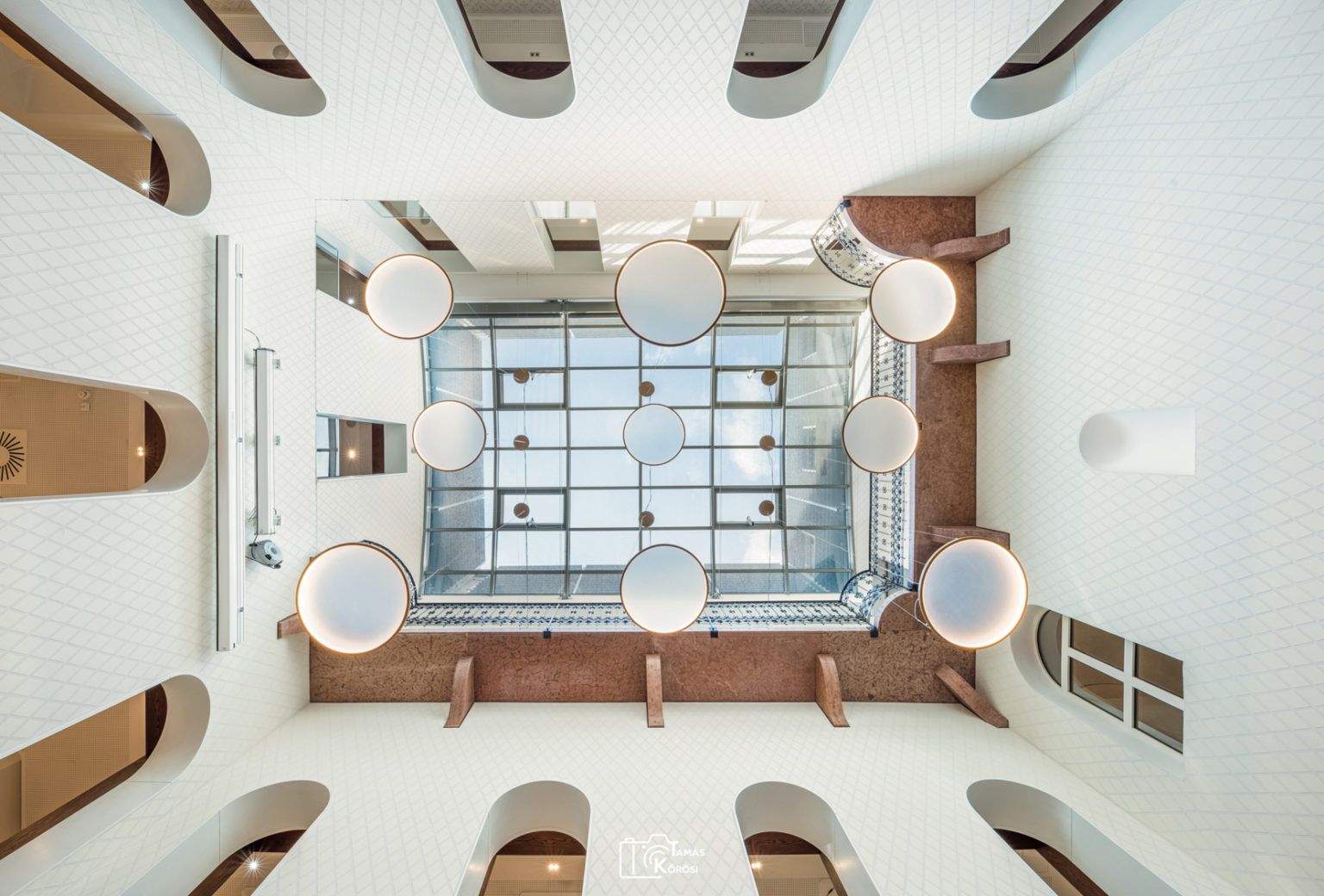
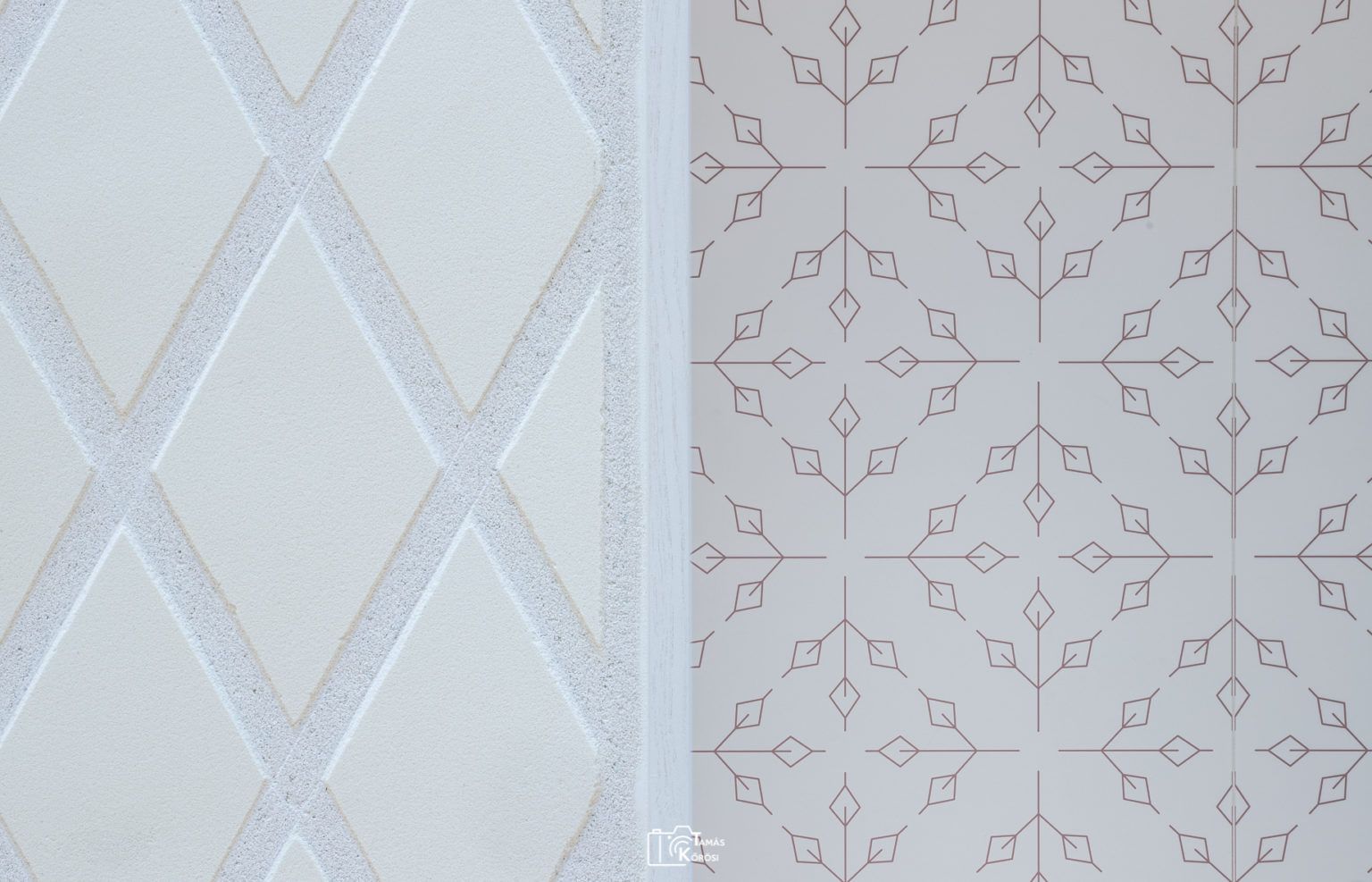
Source: este’r partners’
Photos: Tamás Kőrösi
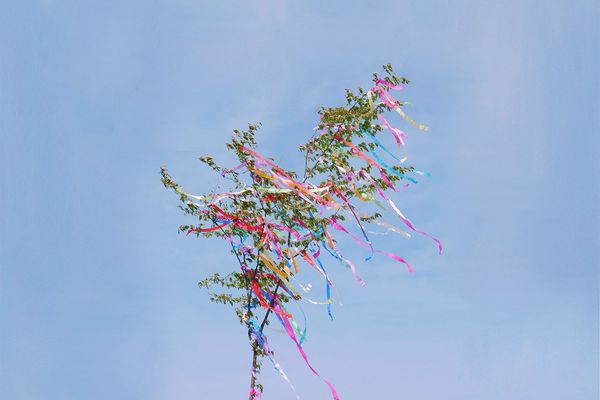
Representing slowing down and sanity | VUUV Works’ latest collection is out now
